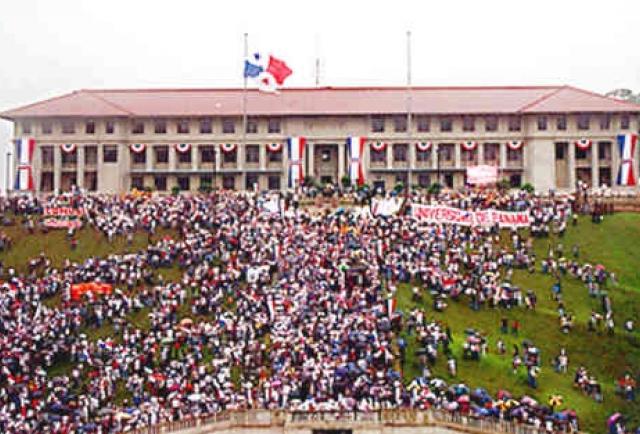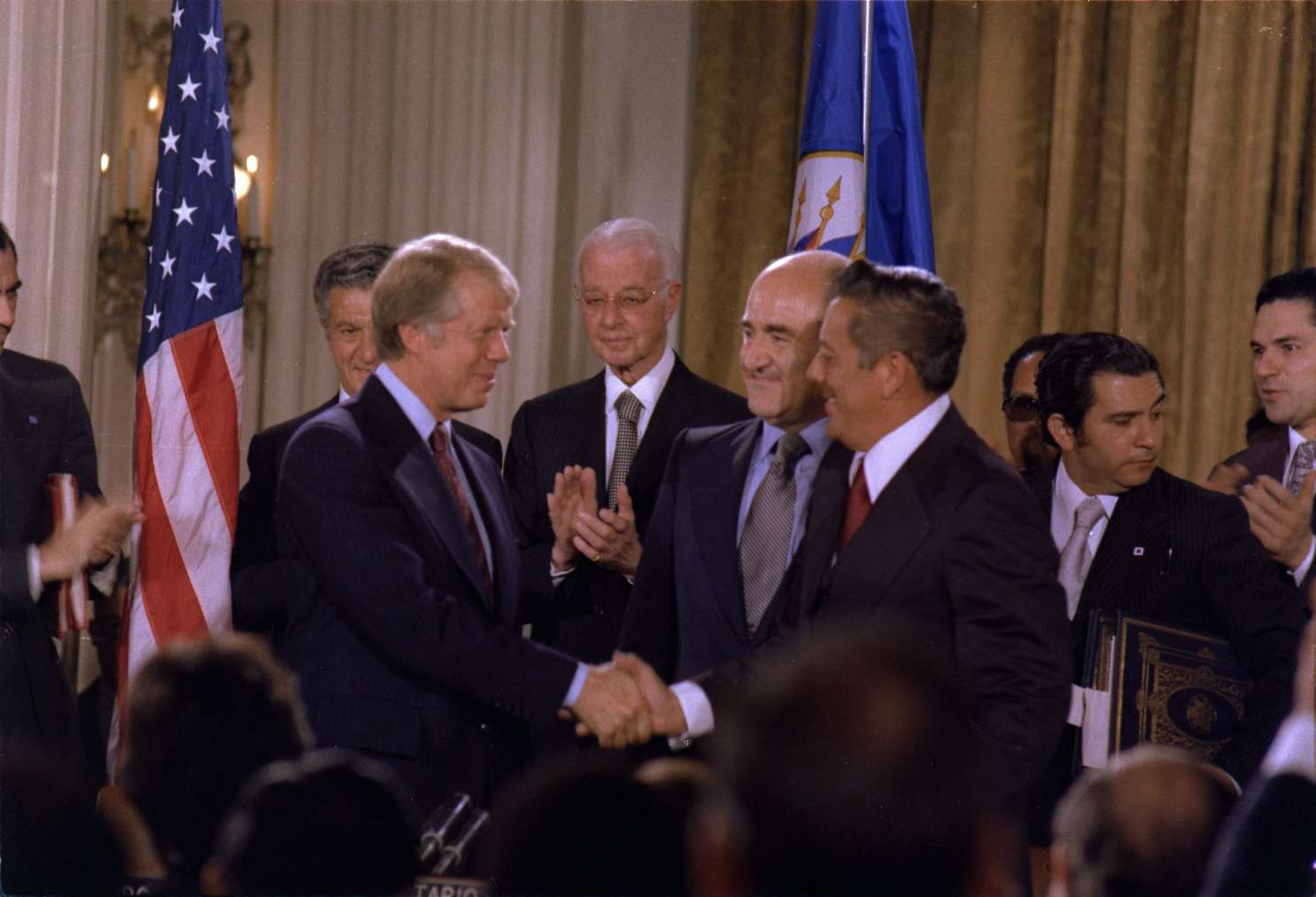The signing of the Torrijos-Carter Treaties constitutes a significant event in our national history. On September 7, 1977, it was written in the history of Panama and the world. An arduous negotiation process lasting several years that successfully culminated in the signing of the treaties by General Omar Torrijos Herrera, head of government of the Republic of Panama, and Jimmy Carter, in Washington D.C. the United States capital.
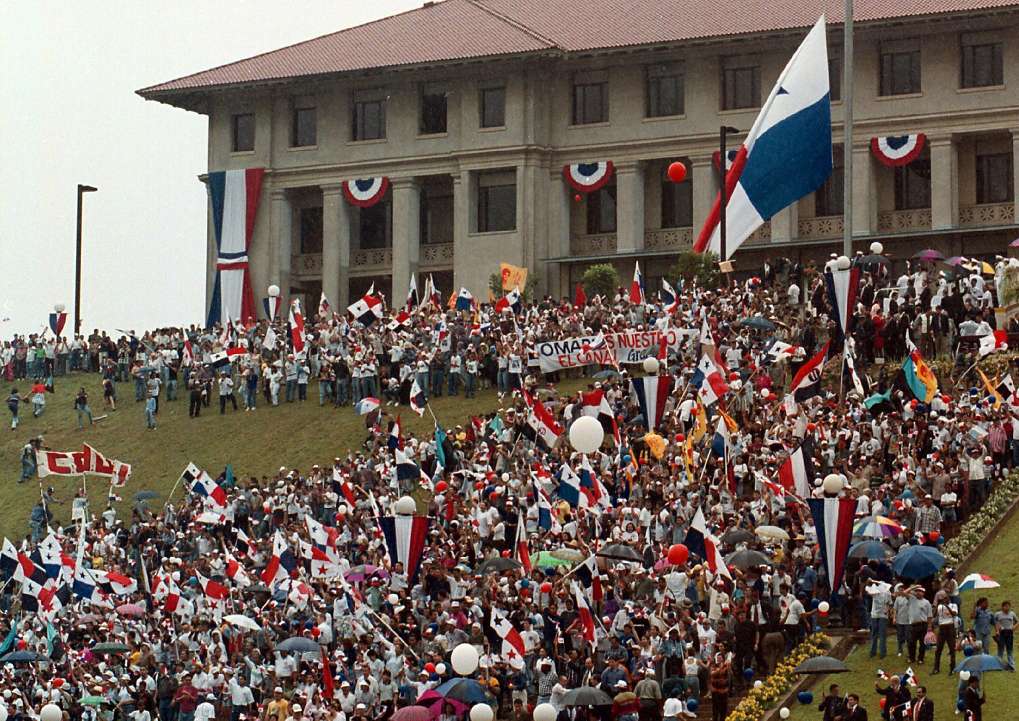
Historical Background
In 1903 the Hay-Bunau Varilla Treaty was signed, which generated friction between the United States and Panama since it was not signed by a Panamanian (Bunau-Varilla was French) and gave a foreign government total control over a strip of land that divided the country until the year 2000.
Despite the revisions of 1936 and 1955, the conditions imposed by the treaty continued to leave dissatisfaction throughout the Panamanian population, leading to the violent and tragic events of the Day of the Martyrs in 1964. An event that led to the rupture of diplomatic relations between Panama and the United States where Panamanian President Roberto Chiari imposed the negotiation of a new treaty as a condition for the reestablishment of relations.
Recovery of Sovereignty
Negotiations began on April 3, 1964 when both countries agreed to appoint Special Ambassadors with sufficient powers to carry out discussions and negotiations with the aim of reaching a fair and equitable agreement that would eliminate the causes of the conflicts related to the Panama Canal and resolve other existing problems. On June 22, 1967, an agreement was reached on 3 draft pacts between the two countries (known as 3-in-1 treaties):
Panama Canal Treaty: This treaty repealed the 1903 treaty by restoring Panamanian sovereignty over the canal on December 31, 1999 or December 31, 2009 if a sea level canal was built.
Treaty for the Defense of the Panama Canal and its Neutrality: Treaty on a canal at sea level, through which the United States would carry out (for the next 20 years) a maritime work managed by both countries through an agreement throughout 60 years from its opening, whose term would end no later than December 31, 2067.
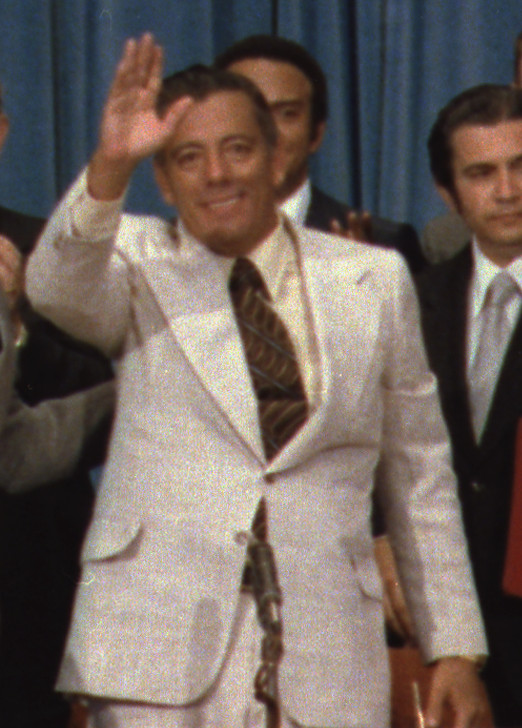
In 1970, the Panamanian government rejected these agreements, considering that they were not usable even as a basis for subsequent negotiations, making the decision to seek a new negotiation process with the United States.
In 1973, the Panamanian head of government, Omar Torrijos Herrera, convinced the UN Security Council to meet in Panama. During that meeting, the member countries voted on a resolution supporting Panama so that a new fair treaty for both parties be signed as soon as possible, however, the United States vetoed the resolution.
The Treaty and its Four Great Objectives
Sovereignty: Panama’s sovereignty over the Canal Zone was recognized, which was subject to Panamanian legislation and was renamed the Canal Area. However, Panama granted the United States the necessary rights to operate the Canal, which would remain in Panamanian hands on December 31, 1999.
Administration of the Canal: it would be in charge of an agency of the United States government called the Panama Canal Commission, whose board of directors would be made up of 5 Americans and 4 Panamanians, all appointed by the United States.
Defense of the Canal: Both nations agreed to defend and protect the canal, with the United States having primary responsibility for the duration of the treaty.
Economic benefits: Panama would receive back 60% of the land and infrastructure in the area (including the railway, the ports of Balboa and Cristobal, and Fort Gulick, home of the School of the Americas) as well as 10 million dollars for public services in the returned areas and a proportional sum of money from the tolls of the ships in transit through the canal.
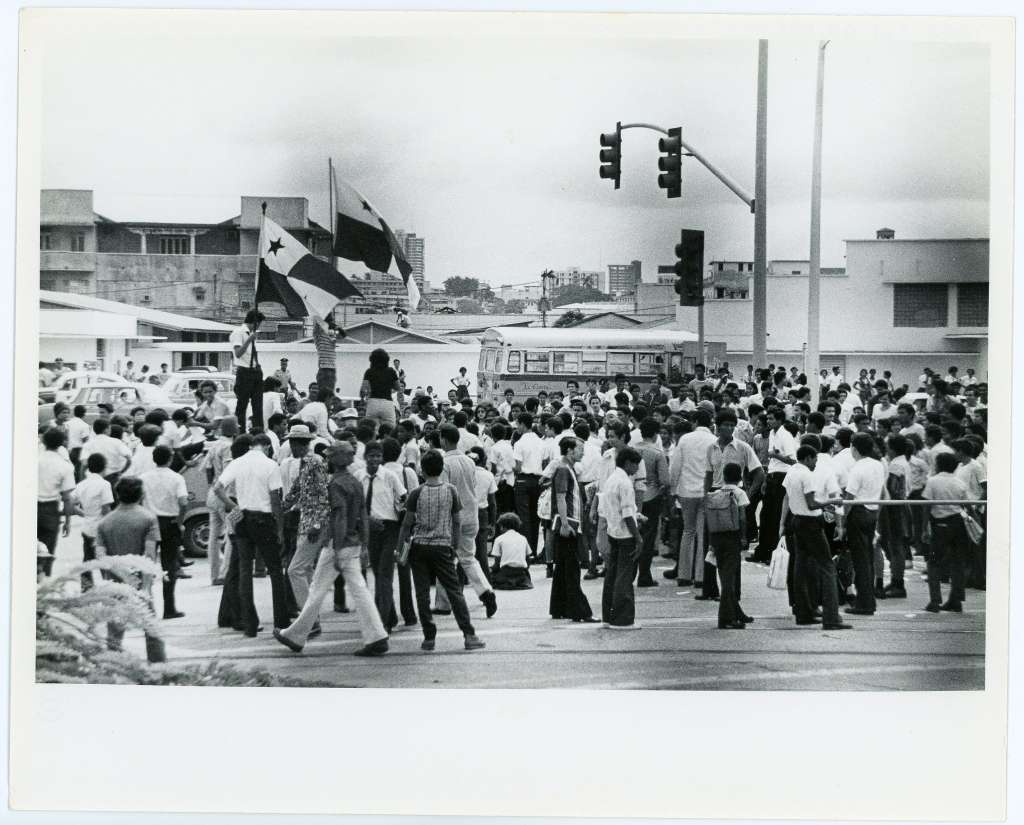
Execution of the Treaty and Benefits for Panama
On October 1, 1979, the Canal Zone ceased to exist. On December 14, 1999, Jimmy Carter signed the Panama Canal transfer note and gave it to Panamanian President Mireya Moscoso. The definitive transfer of sovereignty to Panama took place on the 31st of that month at noon.
Since 2000, Panama has been totally responsible for the administration, maintenance and expansion of the canal, the latter carried out on the Third Set of Locks project that it inaugurated in 2016. Today the country not only receives dividends above the two billions dollars that helps in the development of national projects, but it has also achieved the expansion of its ports, especially in the Atlantic. The execution of a comprehensive plan for all the referred areas that since 2000 returned to Panamanian hands is still indebted to the country.
